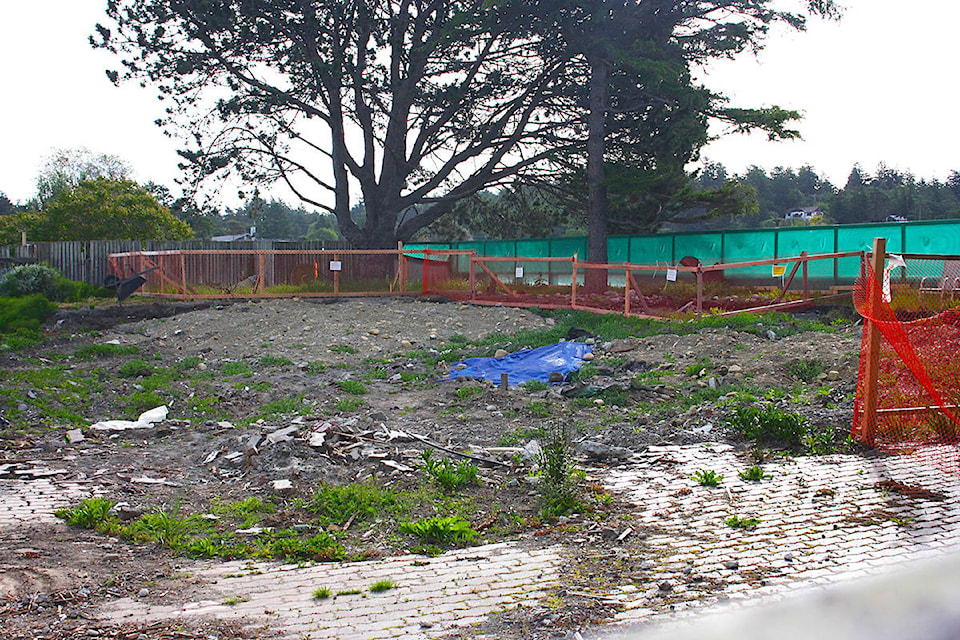The demolition of a home in Greater Victoria has uncovered what are believed to be the remains of an ancestral burial, in an area known to have long been occupied by First Nations people in the past.
The home had been torn down to make way for new construction and in the process of clearing the site, the remains were discovered. Police were contacted, as were the B.C. Coroners Service, but it was soon discovered that the find was not a modern burial site and the situation was turned over to the Provincial Ministry of Forests, Lands, Natural Resource Operations and Rural Development, who are responsible for the archaeological services provided by the government.
When remains are found, that government agency investigates the site, catalogues the find and works with the First Nations communities to ensure that the remains are dealt with in a respectful manner.
According to ministry spokesperson Jermy Uppenborn, it is a common occurrence. The ministry said that there are currently 54,000 burial places registered under the Heritage Protection Act and about 1,450 new sites are added annually.
It’s no surprise then that the discovery of First Nations burial sites is nothing new for the Cadboro Bay neighbourhood.
In late 2016 Carl Foght began a major renovation on his home, situated within a hundred meters of the Killarney Road property.
“It was March when we came across human remains on the site. I’d been warned that it might happen, but I didn’t really think it would be the case. It was a sort of ‘told you so’ moment,” said Foght.
“When we discovered the remains, we had Stantec (engineering consultants) on site and they made sure we did everything to be respectful to the First Nations and making sure we did everything right.”
Doing “everything right” was not an easy or inexpensive proposition for Foght.
“The whole process set us back about two months. They actually sifted the soil to make certain that nothing was missed and found not only the remains but harpoons, combs, and all manner of decorative artifacts with the remains,” he said.
“It added some cost for us, for sure. We had an archaeologist on site for the whole process at $100 an hour and for the re-internment ceremony we were charged an additional $600. But it’s a cost that you have to be prepared to absorb any time you do a renovation in this area.”
In the end, the remains of 13 people were found on the site, and at the request of the First Nations representatives the remains were re-interred in a different location at the far end of the same property.
“They had a ceremony to re-inter the bones and we agreed to have it done on our property out of respect for the First Nations community,” explained Foght. “We wanted to do it all the right way.”
Foght added that at no time in the entire process did he get the sense that the First Nations representatives were inclined to be anything but co-operative.
According to information provided by the Lkwungen Tung’exw First Nation, eight distinct family groups lived, fished, hunted and harvested the region’s coastal lands for as many as 8,000 years. A series of temporary settlements joined larger permanent villages at McNeil Bay and Willows Beach and formed a significant presence in the area prior to the coming of European settlers.
While the provincial government has developed a map of the area in which likely archaeological sites may exist, the fact is that residents don’t really know what may lie under their property until they put a spade in the ground.
“There’s a fellow across the street who is planning to put in a new driveway, and I’ve already warned him of what might be there and how it might become more complicated for him,” said Foght.
“As a homeowner you knew there is a possibility so you prepare yourself, but of course you’re not looking for it to happen.”
Like us on and follow us on .



